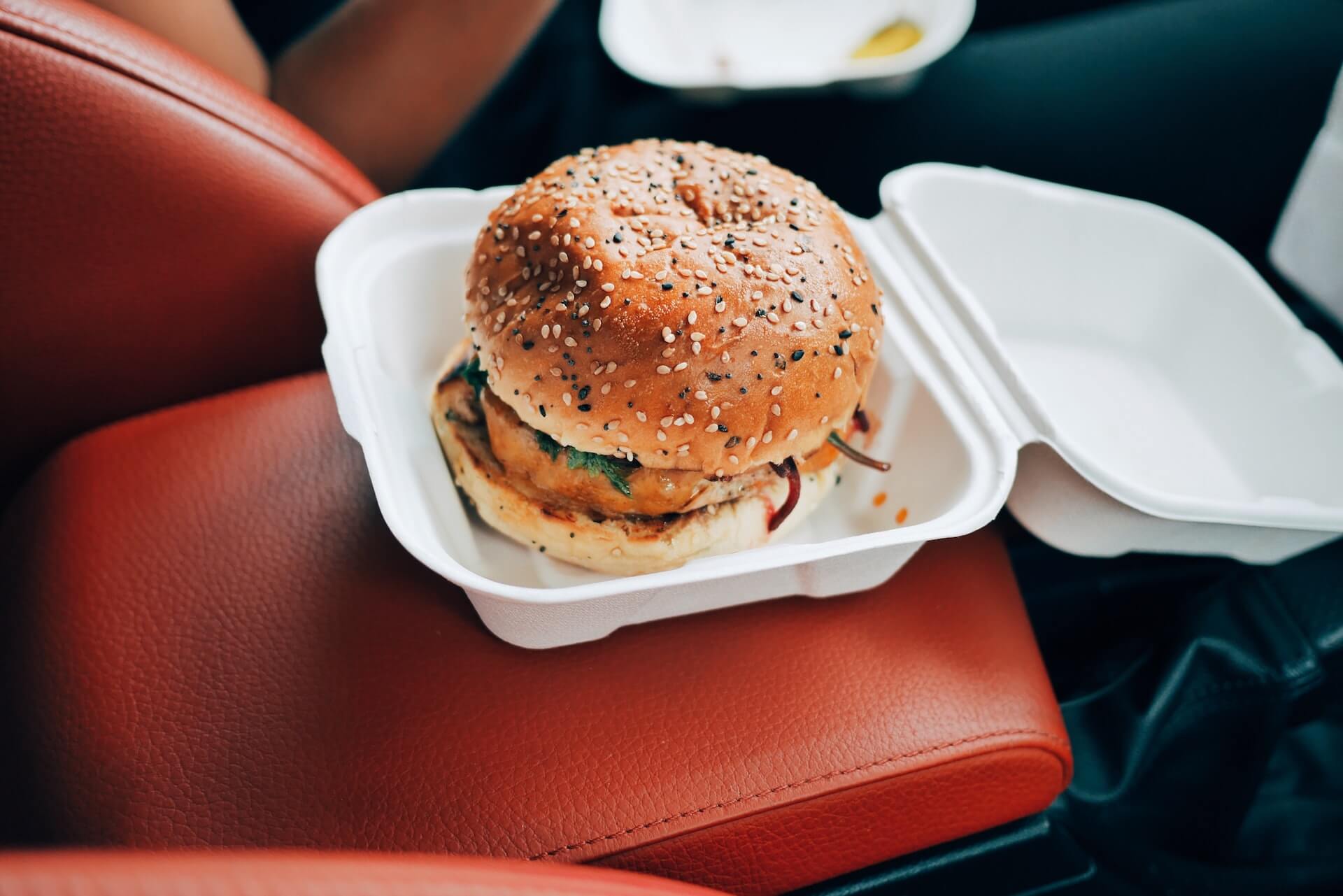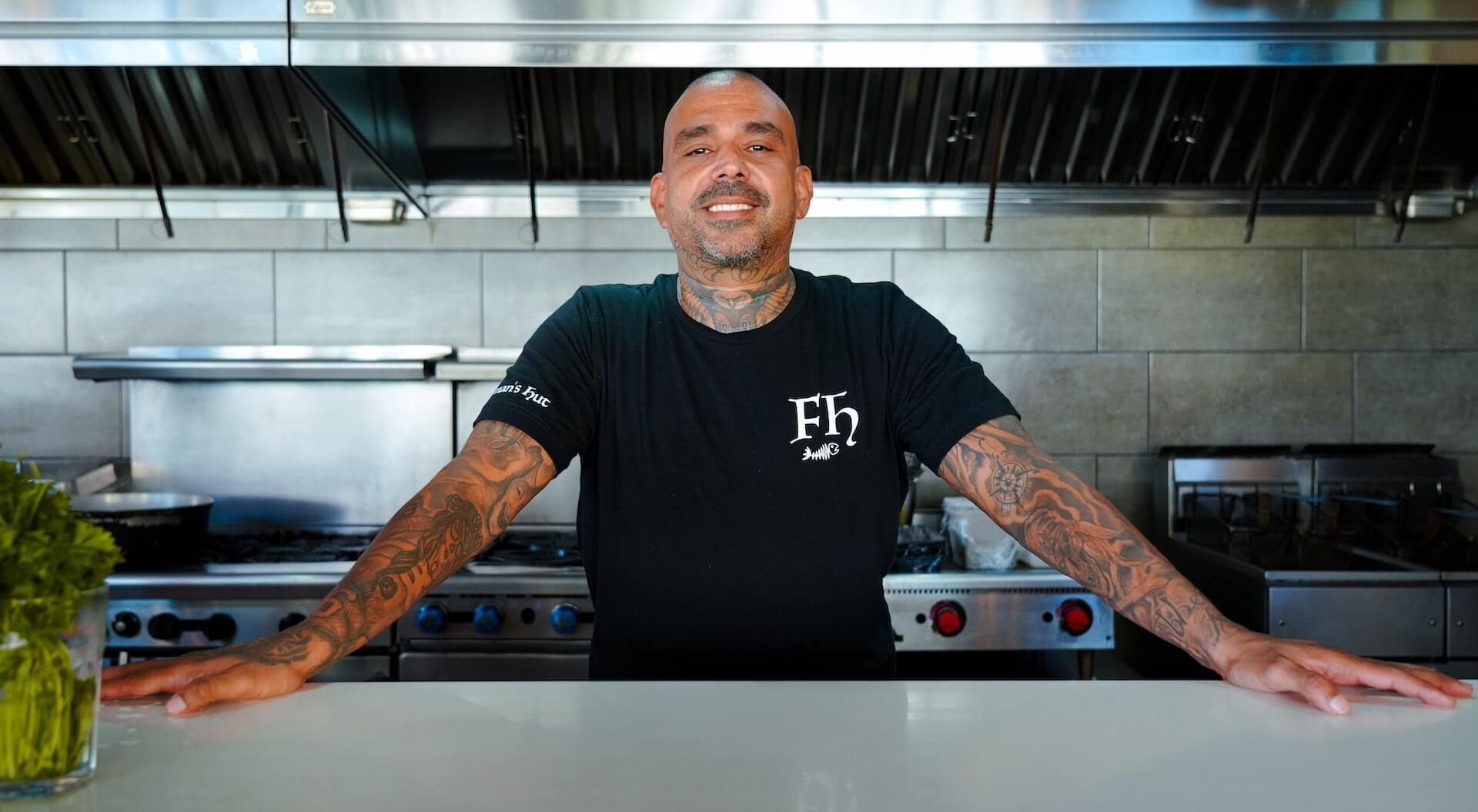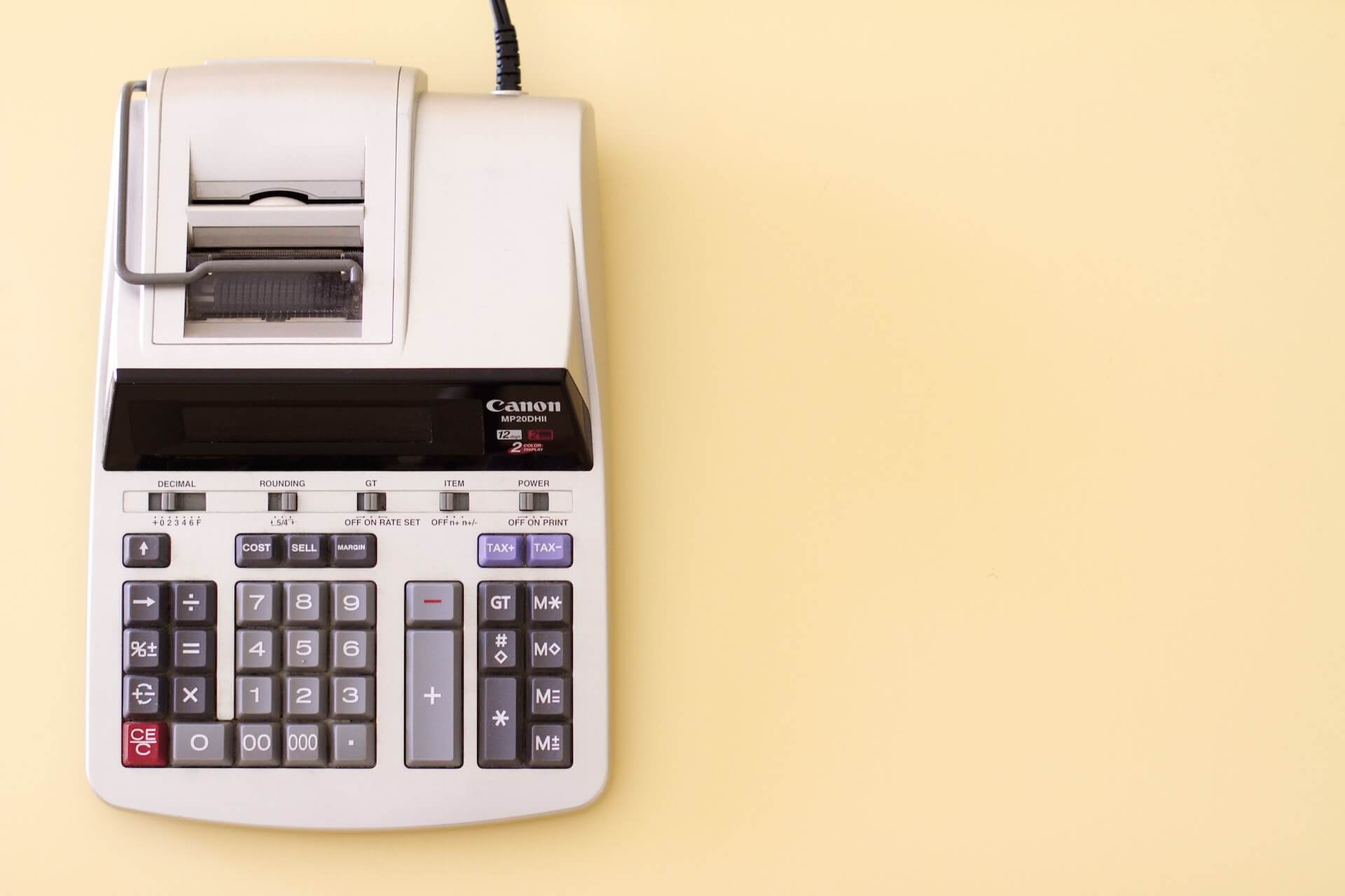The Numbers on Food Delivery in Canada
by David Klemt

For most restaurants, delivery is now a crucial service element rather than a “nice-to-have” option a small percentage of guests expect.
This is true whether your restaurant is in the US or Canada. But who’s placing orders? How are they ordering? And will they continue to order for the foreseeable future?
Well, Restaurants Canada has answers to all those questions and more. So, we let’s take a look at what their 2022 Foodservice Facts report says about delivery.
To download your own copy of this informative report, click here.
Who’s Placing Orders?
In their 2022 Foodservice Facts report, Restaurants Canada looks at three age groups:
- 18 to 34
- 35 to 54
- 55-plus
Perhaps unsurprisingly, the 18- to 34-year-old cohort leads the charge when it comes to ordering delivery. It’s also not surprising that 35 to 54 comes in second, and 55 and older is third.
However, the first two groups are closer than some may assume. Eighty-three percent of the the 18 to 34 cohort placed orders at quick-service or full-service restaurants between December 2021 and May 2022.
That number does drop for the same time period among the 35 to 54 group, but not by a significant amount. Of that cohort, 77 percent ordered delivery. Just over half of the 55-plus group placed delivery orders: 52 percent.
Now, those numbers are down a bit from 2021, which makes sense. Things were much more restrictive in 2021 and people were just getting back to a sense of normalcy at the start of this year.
In 2021, the delivery order percentages were:
- 18 to 34: 89 percent
- 35 to 54: 81 percent
- 55-plus: 67 percent
Looking at these numbers, it appears the 55-plus cohort is more comfortable dining out in person. Conversely, the 18 to 34 age group is clearly comfortable making delivery a part of their everyday lives.
How do People Want to Order?
Believe it or not, your website still matters. I’ve been saying this for years but the pervasiveness of delivery and takeout ordering is really driving this point home.
The fact is, a notable percentage of your guests want to support your restaurant and staff directly. Over the past couple of years, consumers have become well aware that third-party delivery services are incredibly costly for operators.
Consumers are also aware of third-party delivery debacles, such as the abysmal Grubhub “Free Lunch” mess from May of this year.
So, direct delivery is something that operators need to at least consider. Implementation is often less difficult than most business owners believe. And many platforms, SevenRooms, for example, make implementing direct delivery simple and affordable.
Interestingly, Restaurants Canada data supports the need for direct delivery. Back in May, the industry advocacy organization asked survey respondents how they prefer to place delivery orders from restaurants.
Preferences for QSR customers:
- No preference: 10 percent
- Over the phone: 19 percent
- Third party: 35 percent
- Restaurant website or app: 36 percent
Full-service customer preferences:
- No preference: 8 percent
- Over the phone: 28 percent
- Third party: 29 percent
- Restaurant website or app: 35 percent
Honestly, I find it surprising anyone calls a QSR to place an order. However, I suppose that makes sense for an office or catering.
At any rate, make sure your website is up-to-date, you offer direct or “last-mile” delivery, and make it easy to navigate your menu and the ordering process.
Is Ordering Here to Stay?
Now, we all know why restaurant delivery has been supercharged the past two years. However, consumer trend data show that delivery was on the rise before the Covid-19 pandemic.
But now that people are eager to return to normal and the industry is on its way to returning to pre-pandemic levels, is delivery really here to stay?
According to another question asked of survey respondents by Restaurants Canada, more than half of QSR and full-service restaurant customers plan to stick with delivery.
For their 2022 Foodservice Facts report, Restaurants Canada asked back in May how often consumers planned to place delivery orders in the next six months.
Order frequency for QSR customers:
- Never placed a delivery order and don’t plan to now: 29 percent
- Order less often: 20 percent
- Will order with the same frequency: 45 percent
- Will order more often: 7 percent
Frequency of orders for full-service customers:
- Never placed a delivery order: 24 percent
- Order less often: 23 percent
- Will order with the same frequency: 44 percent
- Will order more often: 9 percent
Here to Stay?
Of course, there are multiple factors feeding the numbers above. Some people simply don’t like ordering and waiting for delivery. For these consumers, the practice doesn’t just seem convenient.
There’s also the consumer demand to return to in-person dining, socializing with family and friends. And, of course, meeting new people while dining out.
We must also consider inflation and rising costs. Often, restaurant spending is among the first to be reduced when consumers need to be more frugal. Rising menu costs are sure to curtail some delivery spending.
That said, it’s clear delivery is here to stay and must be considered a crucial element for most restaurant operations. QSR and full-service operators need to bear in mind is placing orders; how often they’re placing orders; and get them in the habit of placing orders directly.









